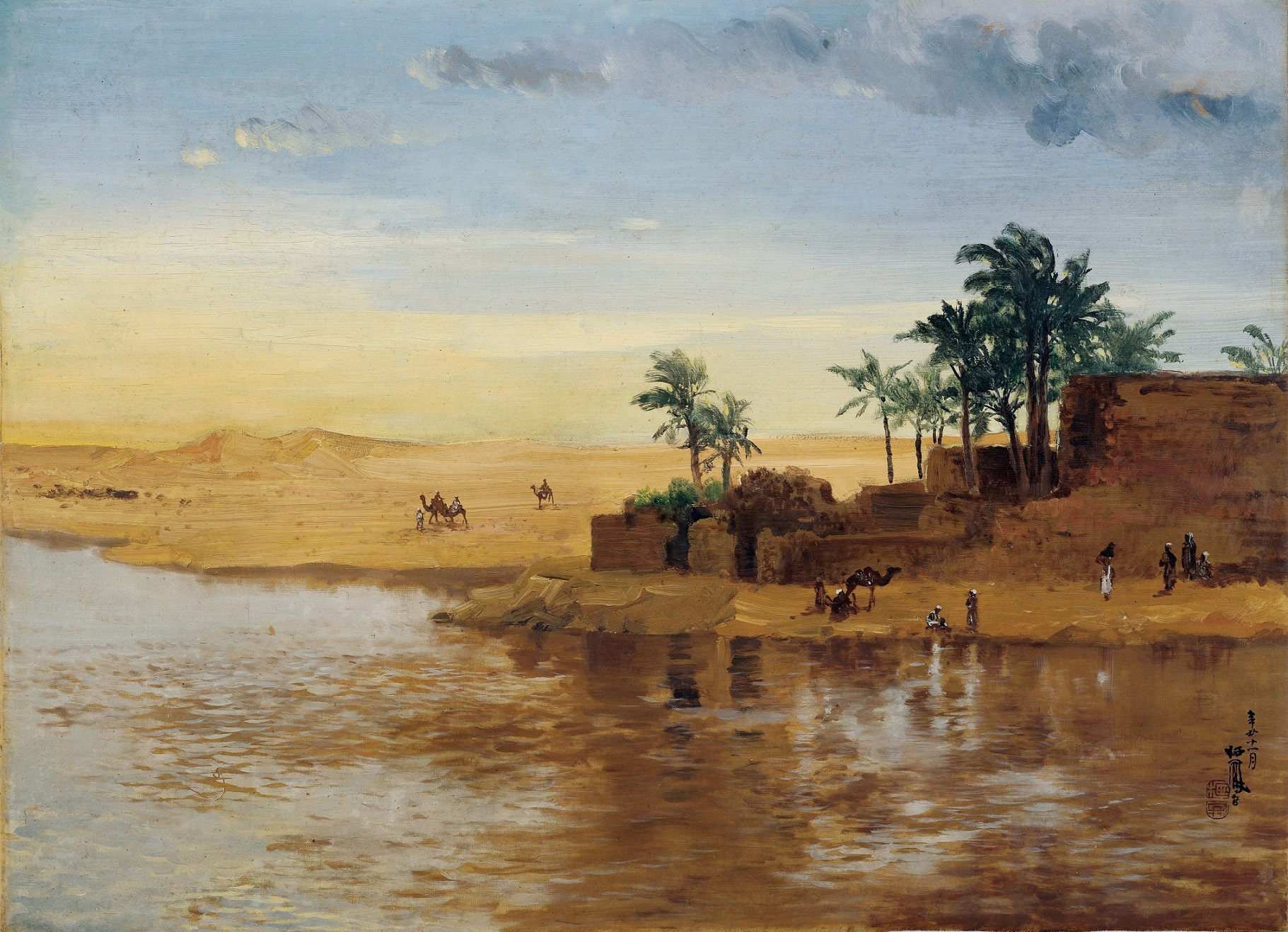From the early 1880s, painting in Japan became bisected. Yōga was used to categorize works in oils that were inspired by European painting movements and nihonga became the umbrella term for a whole array of earlier Japanese painting traditions that were later modernized.
The division caused varying amounts of dissatisfaction as painters were pigeon-holed, and though the categories seemed clear, the historical pictorial record is much messier. Many of the major late 19th- and early 20th-century painters worked in both genres, or borrowed freely from the other side.
Such was the case of Seiho Takeuchi (1864-1942), the leading modern Kyoto nihonga painter who is the focus of the current exhibition at the Himeji City Museum of Art.

















With your current subscription plan you can comment on stories. However, before writing your first comment, please create a display name in the Profile section of your subscriber account page.